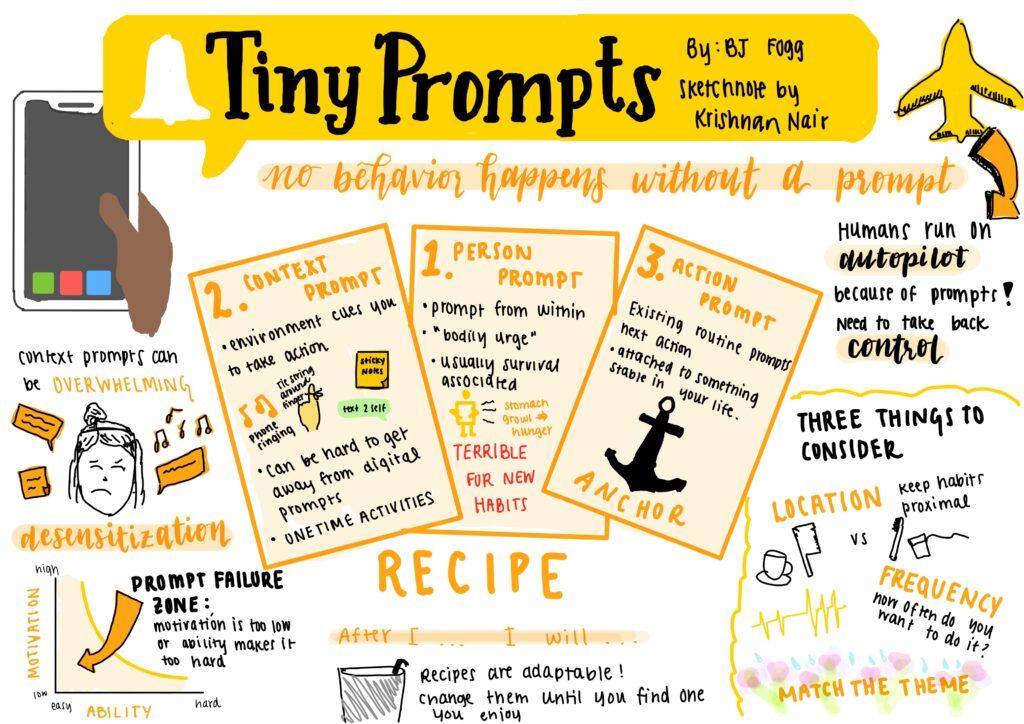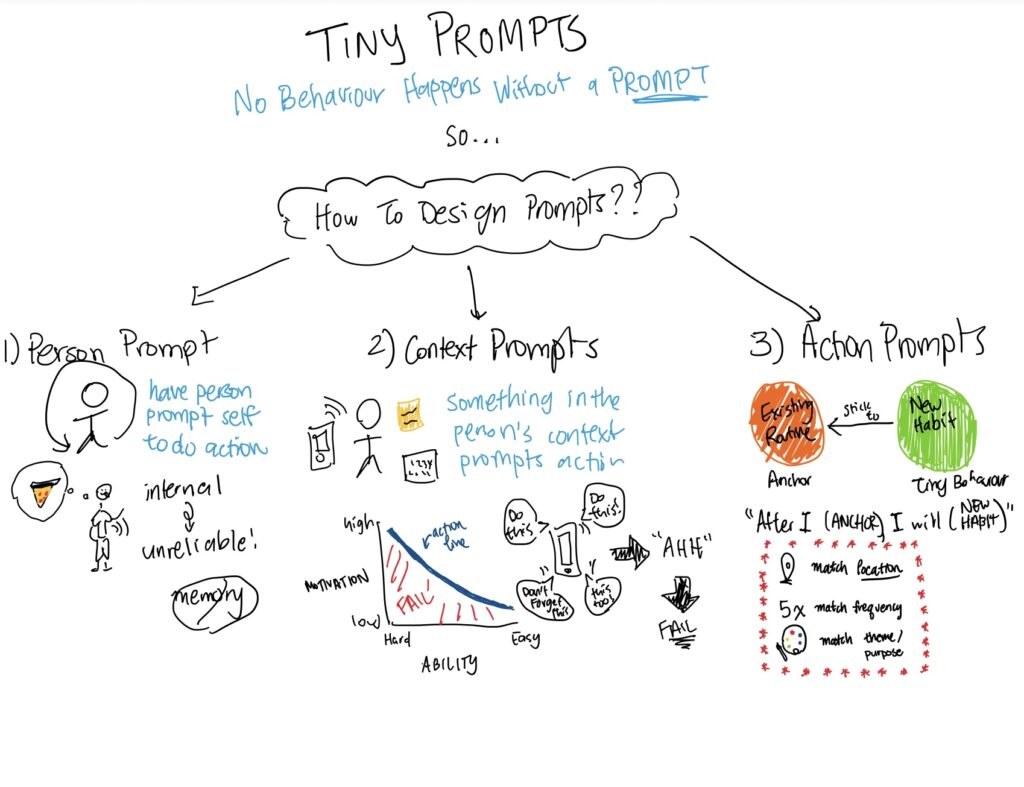The concept of loss aversion was interesting, and honestly, it explains a lot about why people are so hesitant to try new things. Basically, loss aversion means that people hate losing something they already have way more than they enjoy gaining something new. So even if a new product or feature is objectively better, buyers often resist because they’re focused on what they might lose in the process.
I actually saw this happen firsthand when I was part of a small project team that redesigned a tool people had been using for years. We were so proud of the changes — it was cleaner, faster, and had more features. But instead of being excited, a lot of users complained. They said the new version was confusing, or that they missed how things “used to be.” At first, I didn’t get it, the new version was clearly better. But then I realized it wasn’t about logic. They had gotten used to the old version and didn’t want to give up something familiar, even if the new thing offered more.
That’s where understanding loss aversion becomes really useful for product managers. If you know that people are naturally going to focus on what they might lose, you can plan around that. One smart approach is to frame changes as improvements to what they already like rather than replacements. For example, instead of saying, “We’ve completely redesigned this feature,” you might say, “We’ve made the feature you use every day even easier.” That small shift in wording can make people feel like they’re not losing anything . They’re just gaining more of what they already value.
Another helpful strategy is to give people control. In that same project, we eventually added an option to switch back to the old version. Most people didn’t actually use it, but just knowing they could made them more open to trying the new one. It’s kind of like how you’re more likely to try a new food if someone tells you that you don’t have to finish it if you don’t like it.
Finally, introducing changes gradually can make a big difference. Rolling out new features step by step, rather than all at once, helps people get used to them without feeling overwhelmed. It’s like dipping your toes into cold water instead of jumping straight in much easier to handle.
At the end of the day, loss aversion is just part of how our brains work. People aren’t resisting change because they’re stubborn. They’re doing it because they don’t want to lose what’s familiar and comfortable. When product managers understand that and plan for it, they can help people feel more confident about trying something new. And once people feel safe, they’re much more likely to embrace innovation.



